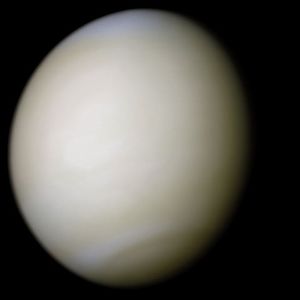Vênus (o planeta)
Vênus é o planeta do terceiro raio deste sistema solar, conhecido por ser o campo de treinamento para avatares que foram enviados não apenas à Terra, mas também aos outros corpos planetários infiltrados pelos Luciféricos. Este é o lar de Jesus Cristo, Gautama Buda, Senhor Maitreya, João Batista, Enoque e de toda a hierarquia do brahmanismo, hinduísmo e dos avatares lemurianos e pré-lemurianos. Todos estes passaram pelas grandes escolas de mistérios de Vênus e pelas salões e templos dos sete santos Kumaras.

The civilization and lifewaves of the planet Venus have long ago attained to the enlightenment and peace of a golden age. Their consciousness and life evolution exists in another dimension of the physical plane corresponding to that of the etheric octave. Many of the most enlightened among earth’s evolutions—inventors, artists, and seers—have come to earth from this higher plane of consciousness to transfer the blessings of God-dominion to the lifewaves of our planet.
Sanat Kumara and Lady Master Venus have said:
We ... greet you from this altar in the joy of the love of Venus, the morning and the evening star, the star of your first breath and your last; for this home of light, beloved, is to you a place of abode, both while in embodiment and between incarnations.[1]
The ray of Venus is anchored in the Earth in the city of Vienna.
See also
Sources
Mark L. Prophet and Elizabeth Clare Prophet, The Masters and Their Retreats, s.v. “Seven holy Kumaras.”
Pearls of Wisdom, vol. 25, no. 54, December 30, 1982.
- ↑ Sanat Kumara and Lady Master Venus, Pearls of Wisdom, vol. 34, no. 7, February 17, 1991.
